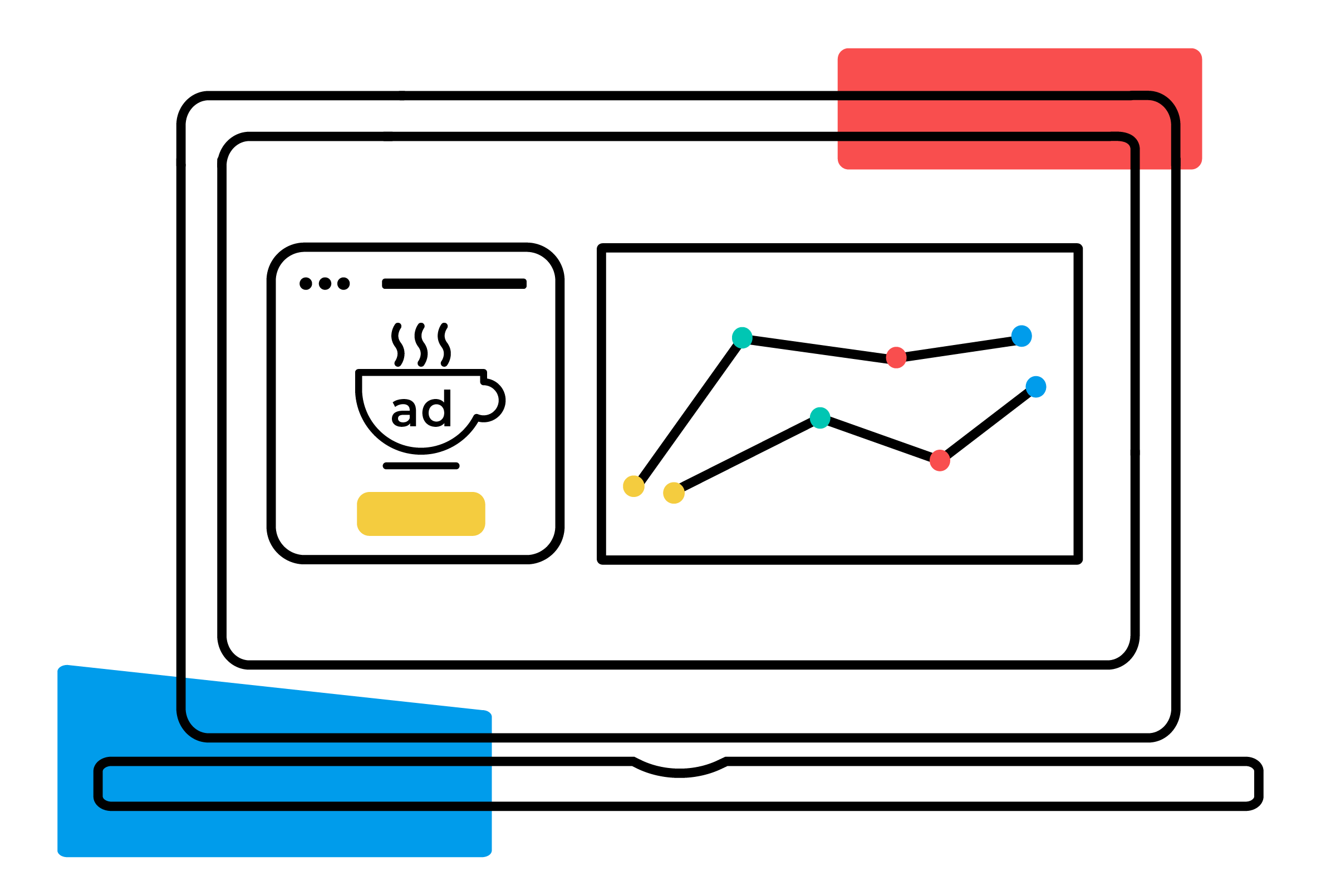


We all know digital ad campaigns require active management and optimization to ensure continual improvement and maximum ROI. But not everyone understands how buy-side ad servers are best positioned to meet agency and advertiser needs in the fast-approaching new world of Converged TV (CTV) + Video advertising. Let’s examine why.
A three-horse race
When it comes to innovating with ease to optimize reach and relevance with tools for identity, verification, and measurement – all crucial needs of agencies and advertisers – three types of companies are able to deliver, though not equally equipped to do so: publishers, DSPs, and ad servers.
Publishers can solve a lot of problems for brands, if they’re large enough. They’re strong on identity thanks to first-party audience data, and likely have special creative and measurement offerings that are tailored to the needs of large brands and big spending verticals.
However, reach is inherently limited to the publisher’s own offerings, publisher-provided inventory quality assurances can benefit from buy-side verification, and custom creative or measurement support will require big spending on the part of the advertiser. Direct publisher relationships are key to getting the most value out of the most premium inventory, but buyers cannot afford to put all their eggs in that particular basket, both literally and figuratively, since the inventory is generally expensive and they are bound to miss some audiences that happen to be elsewhere.
In comparison, DSPs, integrators by nature, have partnerships to meet all kinds of advertiser needs. They generally have broad reach (even into some social channels), support a streamlined workflow (at least for simple use cases), and can provide both verification and measurement either internally or from integrated partners.
However, DSPs may be shut out of the most premium TV + Video inventory because publishers aren’t eager to allow advertising against their top-shelf inventory to be readily available through indirect means, or even worse, for it to be priced by programmatic markets. Even for direct deals, DSPs may receive limited publisher data due to concerns about their monetizing this data at the publisher’s expense.
Keep in mind, DSPs are built as high-volume, low-touch solutions. They’re generally not well-equipped to handle customer-specific creative, workflow, or measurement needs. Plus, they profit from media buying which conflicts with their ability to act as an unbiased mediator between advertisers and publishers.
The official source of truth
Buy-side ad servers are best positioned to help agencies and advertisers navigate and get the most out of the evolving CTV ecosystem for two reasons: they see more of the media plan than publishers or DSPs, and they offer unbiased measurement.
For an ad server to address the operational, identity, and measurement challenges of CTV + Video, it must be able to deliver video creative across all key video channels including CTV, open web, and social platforms. It must support video creative enhancement including interactive and personalized videos. And it must address the oncoming changes in the industry by supporting the full range of identity-based creative and measurement capabilities without cookies, including creative personalization and attribution.
As the conduit through which digital advertising flows between advertisers and publishers – and as a trusted partner to both buyers and sellers – the buy-side ad server acts as an official source of truth, one both publishers and advertisers rely on to confirm campaign delivery numbers.
As a neutral entity protecting consumers, publishers and buyers from oversharing data – and protecting each party’s interests while remaining compliant with national and regional privacy mandates – the agency/advertiser ad server plays a key role in maximizing new opportunities for buyers in the rapidly evolving CTV ecosystem.










